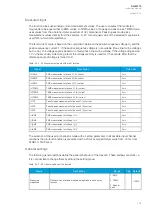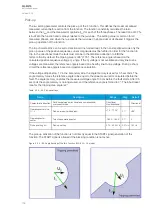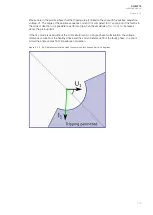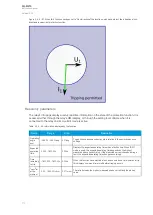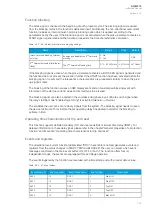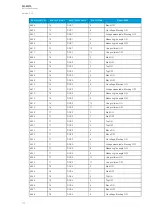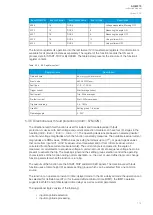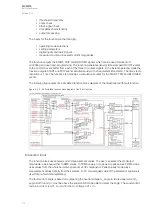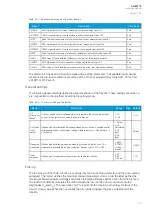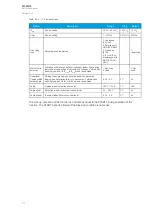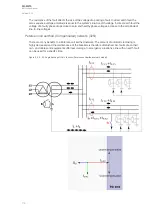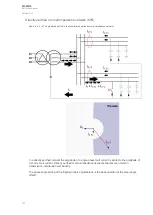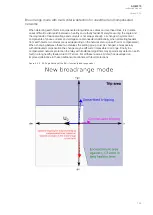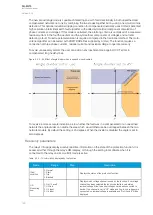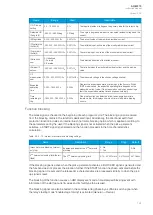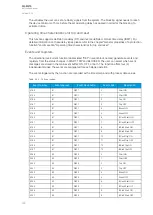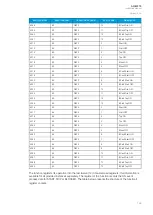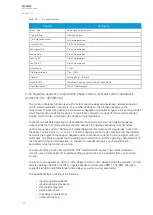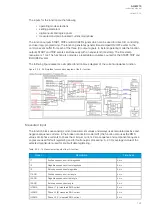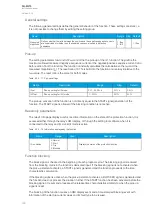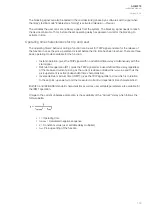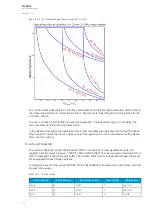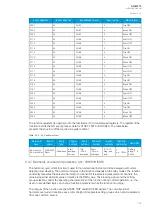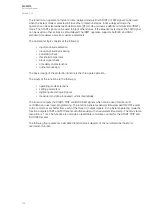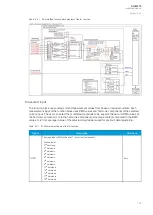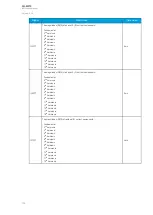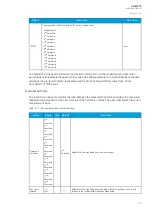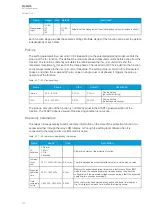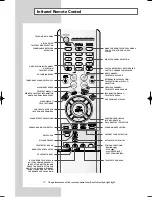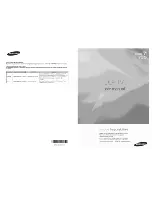
Broad range mode with multi-criteria detection for unearthed and compensated
networks
When detecting earth faults in compensated long-distance cables and overhead lines, it is in some
cases difficult to distinguish between a healthy and a faulty feeder. Merely measuring the angle and
the magnitude of residual voltage and currents is not always enough, as changes in symmetrical
components of phase currents and voltages are also needed. Additionally, when protecting feeders
from earth faults, two modes are used depending on the network status (unearthed or compensated).
When changing between these two statuses the setting group must be changed, and especially
with distributed compensation the change may be difficult or impossible to arrange. Finally, in a
compensated network protection the relay with traditional algorithms may sporadically detect an earth
fault in a long healthy feeder due to CT errors. For all these reasons, Arcteq has developed an
improved alternative to these traditional directional earth fault protections.
Figure. 5.3.5 - 92. Angle tracking of the I0dir> function (broad range mode).
A
AQ
Q-M215
-M215
Instruction manual
Version: 2.04
122

